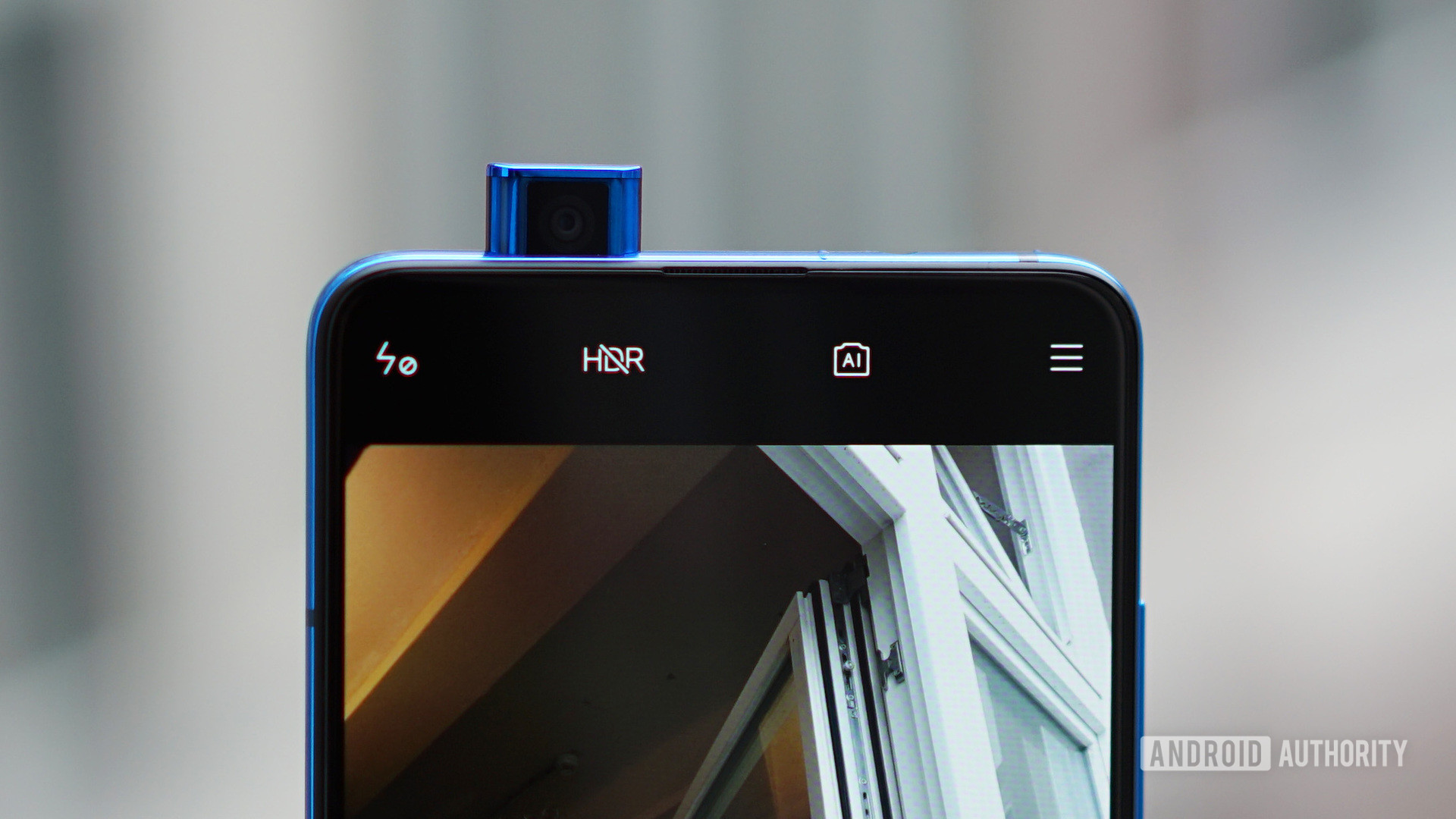“Pink”: iPhone was right when it didn’t touch this feature all these years – The once-popular one is now dead
- Tram Ho
The death of the pop-up camera
The obsession with bezel-less displays on smartphones was fueled by Xiaomi’s Mi MIX in 2016 when the device’s screen-to-body ratio went up to 91.3%, leaving the public in awe.
To achieve this design, Xiaomi has used a unique solution of placing the camera on the bottom bezel of the phone.
Other manufacturers like Samsung have implemented less complicated solutions to increase the screen ratio by reducing the bezels on the Galaxy S8 and S9. Apple’s iPhone X and OnePlus 6 have a notch, but are still considered to be lacking in aesthetics.
Not long after, the competition shifted to the teardrop-shaped bezel before settling on the now-popular perforated bezel. However, in the previous few years, what the public talked about the most was the pop-up selfie camera.
Despite the best efforts, no design has won the race to increase the screen ratio with the pop-up selfie camera design. This form factor allows for a high screen-to-body ratio without the downsides of notch, hole punch, or even thick bezels.
The design also gives the phone a futuristic look and feel while saving users from worrying about privacy since the front camera isn’t always staring at them.

The first product to hit the shelves with a pop-up camera was the Vivo NEX in 2018, paving the way for more products to follow in 2019.
Products like Oppo’s Reno 10X Zoom offer striking designs, but it’s Xiaomi’s Mi 9T series and OnePlus 7 Pro/7T Pro that make pop-up selfie camera designs mainstream.
However, for some reason, this trend suddenly went down even though it was only launched not long ago. Indented designs will gradually decrease in 2020 and disappear completely by 2021.
The most recent devices with a pop-up camera are the gaming-focused Lenovo Legion Duel 2 and the Asus ZenFone 8 Flip. Both devices have limited sales, which shows that the demand is really low.
Is the death of the pop-up camera at Apple?
Why is the trend of cameras considered as such a future dying so quickly? Is it possible that big companies like Apple and Samsung have never accepted this design is the reason?
In fact, the cause comes from technical problems. The move towards thinner and lighter phones is one of the reasons that pop-up selfie cameras have become so popular. However, these modules do not serve the purpose the manufacturers expect.
Instead, they add to the overall weight and thickness of the phone due to the many complex parts required to function properly.
Aside from the complication, the retractable camera also means there’s an extra hole for moisture to get into the phone. For that reason, none of these phones support an IP6X waterproof rating.
While manufacturers always claim that pop-up selfie cameras have been extensively tested to ensure they last over the years, it’s common sense that active parts are more susceptible to wear and tear than parts. lay still.

For those who rarely use the front camera, hiding the camera is interesting. They get a phone that extends to the full screen while paying the price for something they don’t use very often.
However, there are people who take a lot of selfies, make a lot of video calls and shoot short videos for social networks.
Take TikTok users as an example. A phone with a camera that pops up and then retracts every time you try to use an app can be frustrating. The noise that the retracting mechanism makes is also not smooth over time.
In a world with more than 1 billion TikTok users, having a hidden selfie camera is never a convenient thing. The same is true for apps that often use the front camera, among them Instagram, WhatsApp, and even Telegram.
Even manufacturers are quick to realize that the trade-off for space inside a phone for a camera isn’t worth it. It’s not surprising that the trend ended before Apple and Samsung had any intention of doing something cool.
Many argue that they are only a temporary measure to push the camera technology under the screen is expected to replace the punch-hole form in the near future.
With the camera under the screen, there will be no need for a pop-up camera or a notch or hole. This alone is enough to get those interested in full-screen design excited.
However, the pop-up camera still brings a positive resonance to users. In a recent survey, more than 50% of participants agreed that they miss the pop-up selfie camera design on smartphones. While about 27% of people said no, the rest said they had never had such a phone.
Either way, the death of one thing doesn’t make way for something better. Users may have to be a little more patient before under-display cameras become mainstream.
Source : Genk
